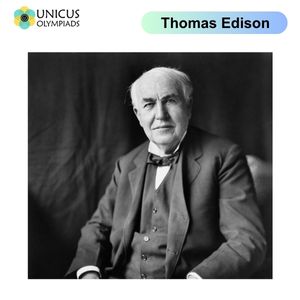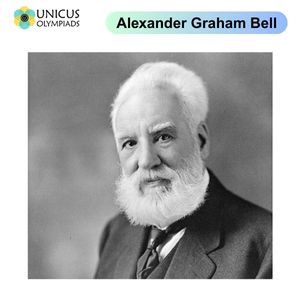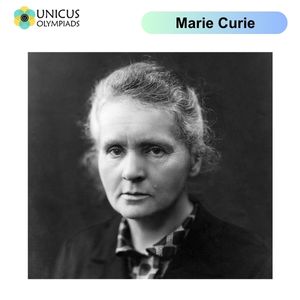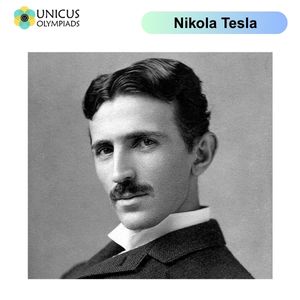

Throughout history, certain inventors have left an indelible mark on society with their groundbreaking discoveries and inventions. Figures like Thomas Edison, Alexander Graham Bell, and Marie Curie revolutionized industries, improved everyday life, and expanded our understanding of science and technology. This article explores the contributions of these key inventors and highlights other important figures who shaped the world with their ingenuity and vision.
Thomas Edison was an American inventor, businessman, and engineer who is widely regarded as one of the most influential inventors in history. Known for his role in the development of numerous electrical technologies, Edison held over 1,000 patents, many of which became essential components of modern life. He is best known for his invention of the light bulb, the phonograph, and the development of the electric power industry.

Thomas Edison’s work in electricity, sound recording, and power distribution laid the foundation for many modern technologies. His inventiveness and business acumen helped make the electric age a reality, and his contributions to the development of the electric industry continue to shape our world today.
Alexander Graham Bell was a Scottish-born inventor, scientist, and teacher who is best known for inventing the telephone. His work in communication technology helped pave the way for modern telecommunications. In addition to his work on the telephone, Bell made important contributions to other areas of science, including aeronautics and hearing science.

Alexander Graham Bell’s invention of the telephone transformed communication, making it possible for people to converse across vast distances. His work in acoustics, speech, and the hearing sciences continued to influence modern-day technologies in both telecommunications and medical devices.
Marie Curie, born in Poland and naturalized in France, was a pioneering physicist and chemist known for her groundbreaking research on radioactivity. She was the first woman to win a Nobel Prize and remains the only person to have won Nobel Prizes in two different scientific fields: Physics and Chemistry.

Marie Curie’s contributions to science and medicine were revolutionary. Her work laid the foundation for the use of radioactivity in medicine, particularly in cancer treatment. She remains a symbol of perseverance, intellectual curiosity, and the power of women in science.
Nikola Tesla was a Serbian-American inventor, electrical engineer, and physicist best known for his development of alternating current (AC) electrical systems, which became the standard for electrical power transmission. Tesla’s other key contributions include innovations in wireless communication, radar, and electrical motors.

Galileo Galilei was an Italian astronomer, physicist, and engineer who made groundbreaking advancements in the study of motion, astronomy, and the scientific method. His improvements to the telescope and his astronomical observations were critical in the development of modern science.

Tim Berners-Lee is a British computer scientist credited with inventing the World Wide Web in 1989. Berners-Lee’s invention revolutionized communication, information sharing, and business, transforming how we access and use information globally.
